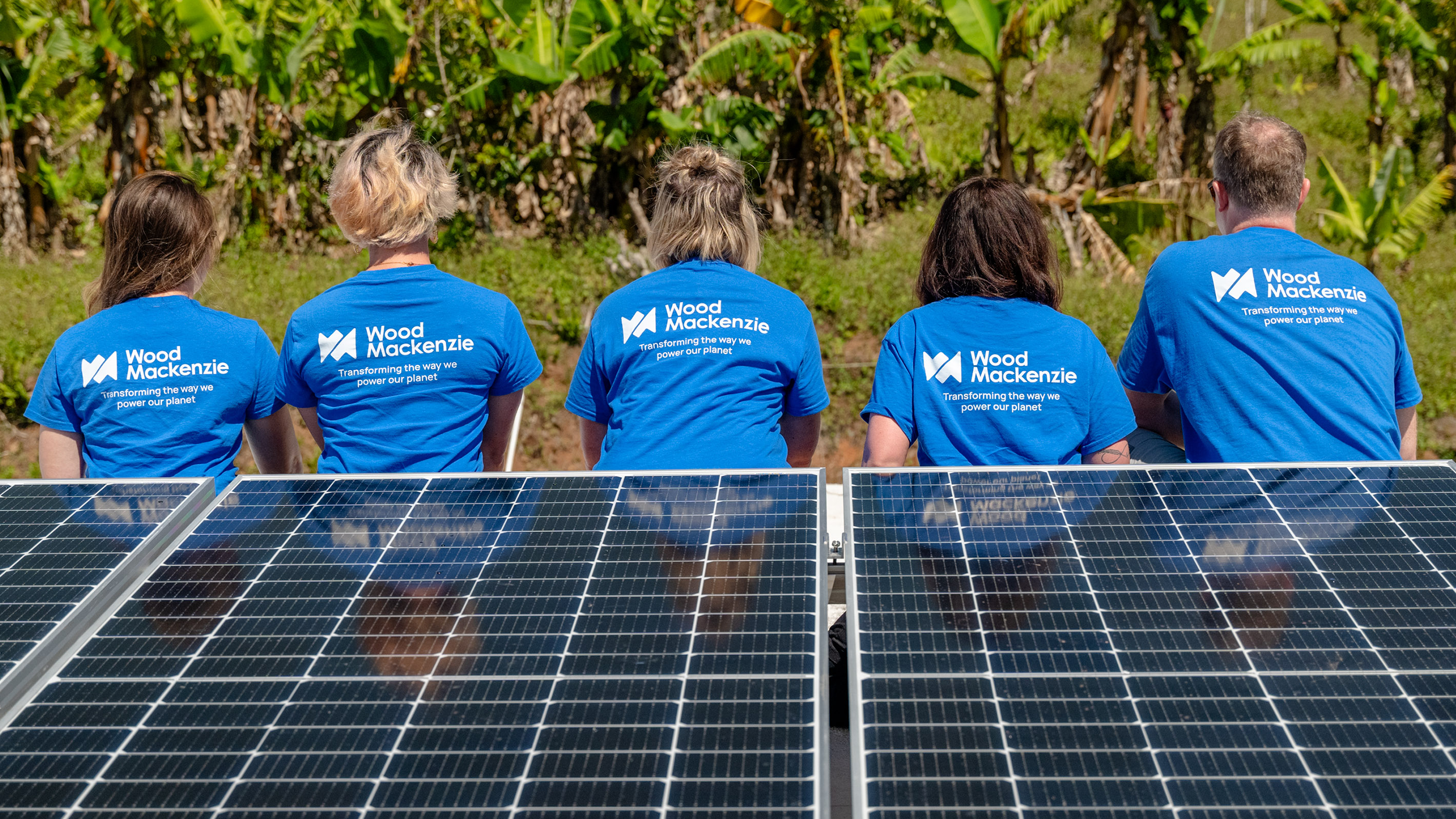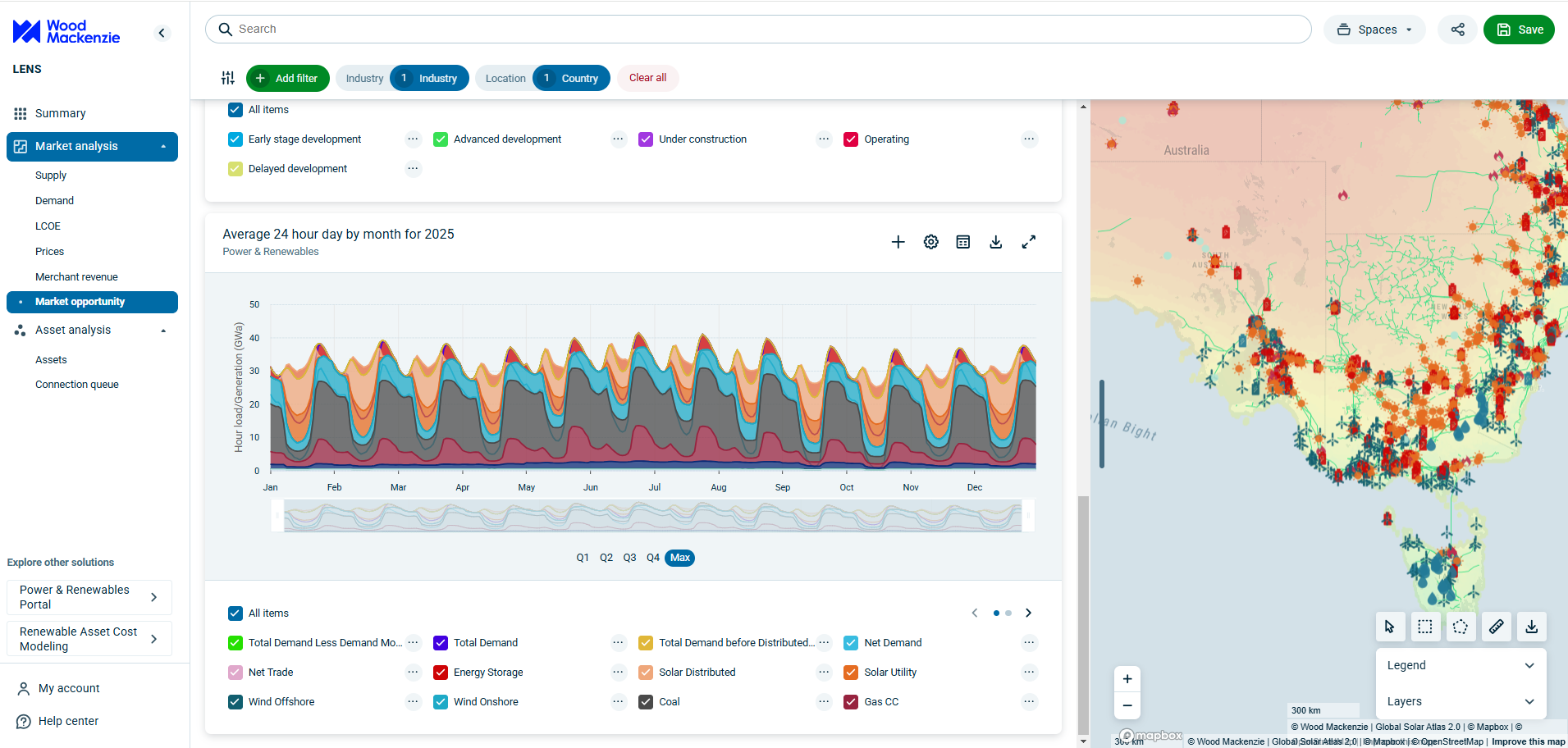Future-proofing oil and gas through sustainable energy resilience
Meeting the energy transition’s challenges with fuel cell and hydrogen technology.
1 minute read
This article is brought to you by our partners at: Bloom Energy
Producing energy used to be a matter of extracting hydrocarbons efficiently and getting refined product to market in the right way, at the right price.
But, of course, the world is a very different place and there’s a lot more to this now. It’s all about doing this in a way that’s sustainable while also ensuring resiliency.
Consumers, investors and regulators are demanding a clean energy transition and it’s crucial that we ensure the transition happens in the most responsible way possible.
Today, the oil and gas (O&G) industry accounts for nine percent of the global total of direct and indirect emissions. This comes from flares and venting, equipment and piping leaks, combustion-based power (heaters, boilers, pumps, turbines), heating and cooling systems, and electricity generation. That’s before we consider Scope 3 emissions further down the supply chain, including emissions from shipping, transportation, buildings and emissions from the use of sold products (oil, natural gas and refined products) in other sectors.
The energy transition is top of mind for the industry, which is addressing the decarbonization of its own production and operations, building sustainability into how it produces energy and deals with its emissions. Key players in the O&G industry are already taking steps to decarbonize in a big way. For example, Shell in October 2021 set a target to halve absolute emissions by 2030, compared to 2016 levels, covering all emissions in Scope 1, which come directly from its operations, and in Scope 2, from the energy it buys to run them.
Significant and rapid technology development has fundamentally reshaped the industry, creating opportunities for O&G leaders to set new precedents and position themselves at the forefront of the global energy transition. Across the entire value chain — upstream, midstream, and downstream — there are sustainable solutions that can substantially lower operating costs while improving efficiency and power quality.
To be sure, there are challenges that need to be overcome on this journey. High on the list is the extreme weather that is impacting the safety of our communities and the power grid that’s an integral part of the energy jigsaw. There were as many as 20 “billion-dollar” extreme weather events in the US alone in 2021, according to the National Oceanographic and Atmospheric Administration (NOAA).
The effect on the O&G industry in terms of unplanned outages and pipeline damage is not to be under-estimated. Grid outages in the US have increased by 60 percent over the past decade. Extreme weather is causing frequent damage to our electrical system, costing Americans and the economy billions each year. The total cost of these billion-dollar events over the last five complete years (2016-2020) exceeds $630 billion, averaging more than $125 billion per year – both new records, according to National Oceanographic and Atmospheric Administration NOAA.
The high-impact, high-cost ramifications of power disruptions have elevated the discussion around energy independence and the essential role microgrids play in combating our new normal.
New supply such as distributed energy resources and demand-side technologies are fundamentally altering load and have created new options for utilities and customers alike. Some customers disconnect from the main grid either by location or by choice, solely relying on distributed generation and microgrids for energy needs.
All of this provides extra impetus for us to ensure that the energy produced and consumed by O&G operations is done so as efficiently as possible – eliminating air pollution, lowering carbon emissions, reducing methane emissions, minimizing water use – all while improving power quality and ensuring consistent reliability.
This is where Bloom Energy comes in.
Solid oxide technology fills a unique niche within the O&G value chain, and is a major opportunity to accelerate decarbonization. Bloom Energy’s versatile solid oxide platform unlocks multiple pathways to net-zero, delivering distributed electricity generation and hydrogen production through its stationary fuel cells and solid oxide electrolyzers, respectively.
Companies deploy Bloom Energy’s generation solutions to solve critical challenges and take control of their energy future with clean, reliable, “24x7” power that can be scaled up to meet current and future business needs.
This technology avoids the vulnerabilities of conventional transmission and distribution lines by generating power directly on-site, where the electricity is consumed. As a critical, “AlwaysON” microgrid solution, it can operate alongside a main grid, but independently of it during a power outage. The systems can run on natural gas, biogas, and hydrogen, and their modular approach provides a pathway to upgrade existing on-site solutions to align with the sustainability goals of customers over time.
What’s more, the fuel cells generate a relatively pure stream of CO2, without burning fuel. It is devoid of nitrogen and other impurities that are difficult or expensive to separate, making these systems inherently suited to supporting the carbon capture initiatives that have become increasingly common in the O&G sector.
Hydrogen is considered by many to be the next exciting step on the road to sustainable resiliency and is a major decarbonization pathway for the industry. Electrolysis is a hydrogen production process that uses electrical energy to split water molecules into hydrogen and oxygen, taking place in an electrolyzer. The environmental profiles of electrolytic hydrogen vary based on electricity input, with ‘green’ hydrogen produced using electricity from renewable sources, making it the industry’s most promising decarbonization method. Bloom has emerged as a leader in solid oxide electrolysis technology and is working on several fronts to drive this market forward.
The actions that the industry takes today will have massive implications for delivering on tomorrow’s ambitions. As O&G leaders consider their future energy decisions, decarbonization commitments and resiliency needs will be key drivers of action. Fuel cells and electrolyzers are poised to open the aperture of the hydrogen market, enabling diverse applications that complement and accelerate the O&G industry’s transition to a net-zero future.





